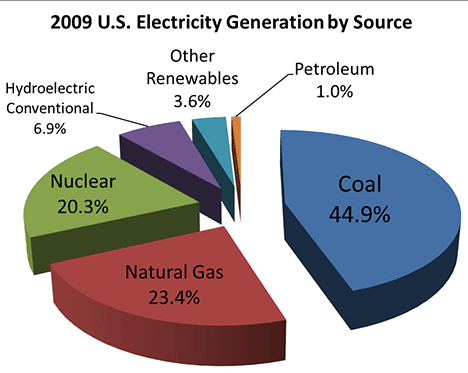Prolific Biomass to Fuels: What I've Been Talking About
Researchers at the University of Michigan have developed and demonstrated the feasibility of a two-step hydrolysis-solvolysis process to produce biodiesel directly from wet algal biomass. Their process eliminates the need for biomass drying, organic solvent extraction, and catalysts, and provides a mechanism for nutrient (e.g., N, P, and glycerol) recycling. A paper on the process was published 30 August in the ACS journal Energy & Fuels.
Levine et al. reported that a cursory investigation of the influence of some key process variables resulted in crude biodiesel and FAEE (fatty acid ethyl esters) yields as high as 100 and 66%, respectively, on the basis of lipids within the hydrolysis solids. Considering that about 80-90% of lipids in the original algal biomass were retained in the solids recovered after hydrolysis, the authors noted, the total process yield was somewhat lower.
...The team used the alga Chlorella vulgaris as the lipid-rich feedstock (53.3% lipids as FAEE). In the first step of the process, the wet algal biomass (ca. 80% moisture) reacts in subcritical water to hydrolyze intracellular lipids, conglomerate cells into an easily filterable solid that retains the lipids, and produce a sterile, nutrient-rich aqueous phase.
In the second step, the wet fatty acid-rich solids undergo supercritical in situ transesterification (SC-IST/E) with ethanol to produce biodiesel in the form of fatty acid ethyl esters (FAEEs).
Longer time, higher temperature, and greater ethanol loading tended to increase crude biodiesel and FAEE yields, which ranged from about 56-100% and 34-66%, respectively, on the basis of lipid in the hydrolysis solids. _GCC
The idea is to go with the strengths of your feedstock rather than to focus on processes which will take years or decades to become profitable. The UMich process is intriguing, and appears to avoid some of the most difficult and challenging problems of mainstream algal biodiesel production. But it is not necessarily the most likely process to reach profitability the soonest.
The strains of algae which produce the highest levels of lipids are not necessarily the strains which provide the highest biomass yields. Many newer processes of converting biomass to fuels do not require the expensive de-watering step. Most of them do not depend upon high-lipid feedstocks.
The UMich project is a worthy one, and we wish them good luck. But they are certainly not the only similar type of fish in the sea, so to speak. These are exciting times for prolific biomass -- both marine and terrestrial.













